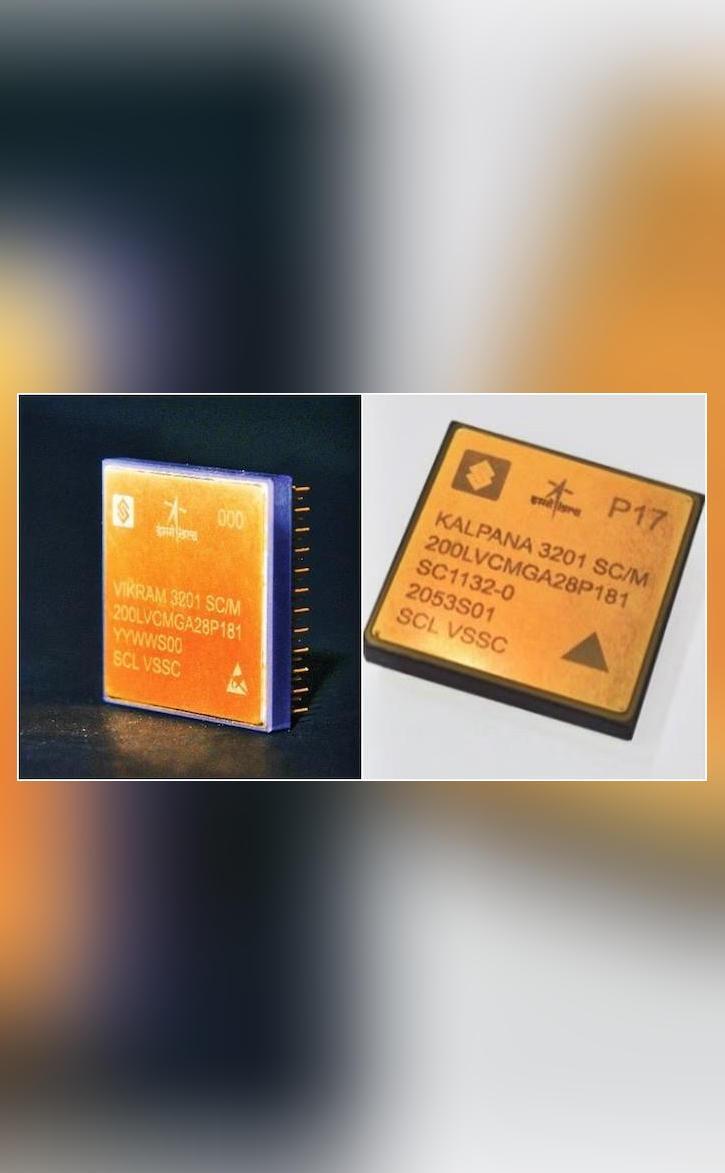
ISRO & SCL Develop 32-bit Microprocessors for Space Applications
The Indian Space Research Organisation (ISRO) and the Semiconductor Laboratory (SCL) in Chandigarh have achieved a significant milestone in the development of microprocessors for space applications. The two organizations have jointly developed two 32-bit microprocessors, VIKRAM3201 and KALPANA3201, which are designed to operate in the harsh environmental conditions of launch vehicles and other space-based systems.
VIKRAM3201 is a significant achievement, as it is the first fully “Make-in-India” 32-bit microprocessor to be qualified for use in space applications. This microprocessor has undergone rigorous testing and has been certified to operate in the extreme conditions of launch vehicles, including high temperatures, radiation, and vibrations.
The development of these microprocessors is a testament to the capabilities and expertise of ISRO and SCL in the field of space technology. The microprocessors are designed to meet the specific requirements of space applications, including high reliability, low power consumption, and resistance to radiation and other environmental stresses.
Key Features of VIKRAM3201 and KALPANA3201
Both VIKRAM3201 and KALPANA3201 are 32-bit microprocessors that are designed to operate in a variety of space-based systems, including launch vehicles, satellites, and spacecraft. The key features of these microprocessors include:
- 32-bit architecture with a clock speed of up to 100 MHz
- High-performance processing capabilities with a maximum data transfer rate of 200 MB/s
- Low power consumption, with a maximum power consumption of 1.2 Watts
- High reliability, with a failure rate of less than 1 in 10^9
- Resistance to radiation, with a total dose tolerance of 100 kRad (Si)
- Resistance to high temperatures, with an operating temperature range of -20°C to 100°C
Applications of VIKRAM3201 and KALPANA3201
The VIKRAM3201 and KALPANA3201 microprocessors are designed to be used in a variety of space-based systems, including:
- Launch vehicles, such as the GSLV and PSLV, which are used to launch satellites and spacecraft into orbit
- Satellites, such as the INSAT and IRS series, which are used for communication, remote sensing, and other applications
- Spacecraft, such as the Chandrayaan-1 and Mangalyaan, which are used for exploration and research
- Ground-based systems, such as the ISRO’s control centers and test facilities
Benefits of Indigenous Microprocessor Development
The development of VIKRAM3201 and KALPANA3201 microprocessors by ISRO and SCL has several benefits, including:
- Reduced dependence on foreign suppliers: With the ability to design and manufacture their own microprocessors, ISRO and SCL can reduce their dependence on foreign suppliers and improve their ability to meet the unique requirements of space applications.
- Improved reliability and performance: Indigenous microprocessors can be designed and tested to meet the unique requirements of space applications, resulting in improved reliability and performance.
- Cost savings: Developing microprocessors in-house can reduce the costs associated with importing foreign-made microprocessors.
- Increased self-reliance: The development of indigenous microprocessors is a step towards increasing India’s self-reliance in the field of space technology.
Conclusion
The development of VIKRAM3201 and KALPANA3201 microprocessors by ISRO and SCL is a significant achievement in the field of space technology. These microprocessors are designed to operate in the harsh environmental conditions of launch vehicles and other space-based systems, and are expected to play a key role in India’s space program in the coming years.
The development of indigenous microprocessors is a critical step towards increasing India’s self-reliance in the field of space technology, and is expected to have far-reaching benefits for the country’s space program. With the ability to design and manufacture their own microprocessors, ISRO and SCL can improve the reliability and performance of their space-based systems, reduce their dependence on foreign suppliers, and increase their ability to meet the unique requirements of space applications.
Source:






